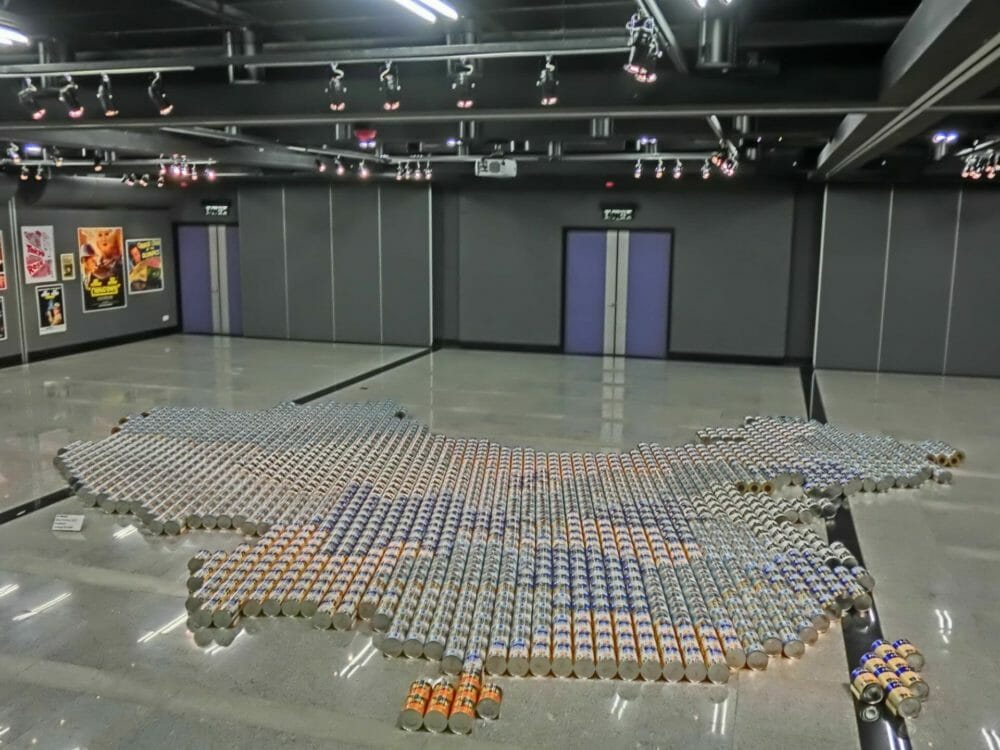Editor’s Note: Christine C. Akselsen is the CEO of Kezzler, an Oslo, Norway-based cloud traceability platform for industrial and consumer packaged goods. Prior to joining Kezzler, she was CEO of outdoors product company Sweet Protection and executive vice president at Thomson Reuters. The views expressed in this article are personal.
With almost one in 10 people in the world falling ill after eating contaminated food every year, food safety scares are rarely far from the headlines. From the adulterated infant formula scandal in China in 2008 to the 2018 E. coli outbreak in the US, the consequences can be devastating.
In some cases, counterfeit products are to blame. Counterfeit foods can pose serious health risks because their production does not comply with established health and safety standards, or because they include damaging or harmful ingredients. Sometimes they simply fail to properly list allergens and other essential information that consumers require.
Knowingly or unknowingly, these products make their way into consumers hands – and on to their plates. According to the OECD, the trade in counterfeit goods continues to rise and now accounts for around 3.3 percent of global commerce.
Compromised products
In other cases, the problem of food contamination arises as a result of compromised products. The 2008 Chinese milk powder scandal involved the adulteration of infant formula with the chemical compound melamine. While China declared a national food safety emergency, it was several months before the source of the problem was identified and companies were able remove affected infant formula products from the market. An estimated 300,000 babies fell sick as a result, with 54,000 hospitalized and six deaths.
More recently, the 2018 E. coli outbreak in the US – originating from a batch of romaine lettuce – led to 210 infections and five deaths across 36 states. The lettuce was eventually traced back to a single growing region – Yuma, Arizona. The US Centers for Disease Control and Prevention later established the likely cause as being bacteria found in local canal waters.
While there are a variety of reasons behind each incident, the challenge facing the food industry is universal. Food industry players need to be able to keep track of the vast array of information regarding the contents and provenance of finished products, as well as their production history. They also need to know how to use this information to support food safety and secure consumer trust.
Increasingly, the food industry is looking to technology to help tackle this problem. Today, companies are protecting their brands and future-proofing their products by tracing items from creation to consumption. They’re also opening up channels for consumers to authenticate their purchases in real-time.
Serialization, digital twins
The key to solving the puzzle is assigning each product with a unique digital identity using serialization technology. As part of this process, each manufactured item is given a code that is printed on the product and managed by a cloud solution. An intelligent profile – a ‘digital twin’ – manages data from and about that item, as well as its connection to the wider digital ecosystem. The cloud solution tracks parent-child relationships throughout distribution and can therefore monitor individual products when they are shipped and as they move through the supply chain. At any point in a product’s journey it can be authenticated using a scanner or mobile phone. This means that customs officials can verify imports on their arrival in country, retailers can check goods before stocking them on shelves, and consumers can validate their purchases before taking a bite.
In the pharmaceutical industry, serialization has already been widely adopted in order to deal with the problem of counterfeit medicine. Fake drugs have long been associated with a highly lucrative but deadly market that presents a very real danger to its consumers. Many countries now require pharmaceutical products to have a unique identifier on their packaging.
Dairy behemoth taps Norwegian foodtech to keep baby formula safe in China; read more here.
The principle of using a unique identity remains the same when deploying serialization in the food industry. What is different, however, is the flexibility and scalability that can be required – as well as the speed at which the system must be able to operate.
Using serialization, brands can protect their products and consumers from fakes. When it comes to food safety, the value of serialization extends much further. Not only can a unique digital identity be used to reassure a consumer that the food they have purchased is authentic, but the data it collects as the item moves through the supply chain can be used to support safety objectives. Rules-based systems can be used to identify potential issues with a product’s journey before it reaches the consumer. If a shipment goes astray or is exposed to compromising conditions, the brand can issue a recall using the code. Furthermore, the use of ‘digital twins’ – tracking the relationship between inputs in the supply chain – means that common ingredients and suppliers can be quickly identified and traced.
The importance of speed
Beyond traceability and authentication, digitalization can further support food safety. People with specific dietary requirements can benefit from the additional information brands can share through this channel, or companies can choose to provide consumers with specific advice on safe food preparation. Information can be updated via the cloud at any time, meaning the latest guidance is always available to consumers – regardless of whether they purchased their items weeks, months, or even years ago.
If there is one common lesson to take away from the 2008 infant formula scandal and the 2018 E. coli outbreak, it is the importance of speed – in tracing the source of an incident, removing all affected items from circulation, and communicating with consumers. Now that the technology exists to retrieve traceability and related information for billions of products within milliseconds, this level of transparency can transform food safety. It will soon be expected for all consumer products.




